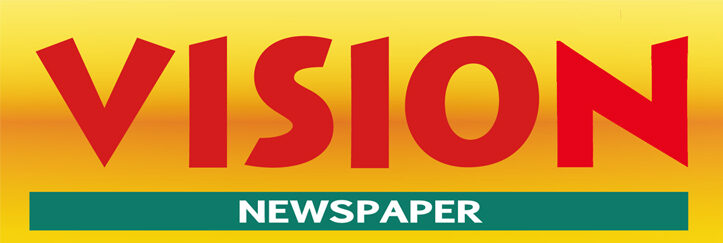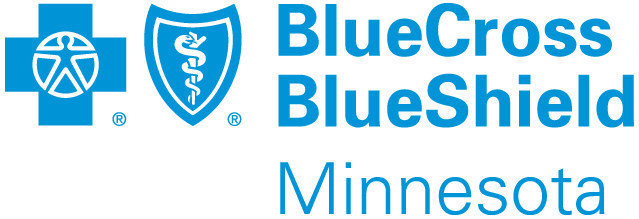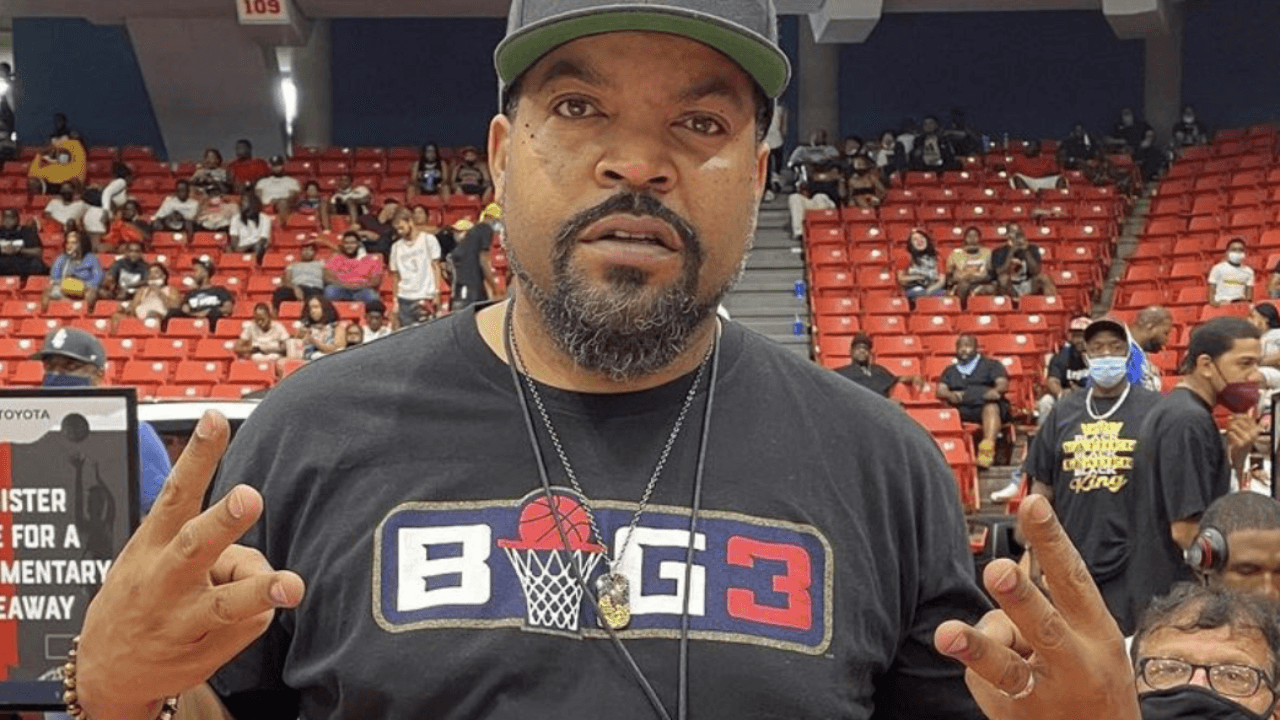Addressing Health Inequities in Minnesota Could Save More Than 700 Lives, $2.2 Billion Each Year
New report, funded by Blue Cross and Blue Shield of Minnesota, reveals impact of health inequities in the state.
EAGAN, Minn., April 18, 2018 /PRNewswire-USNewswire/ — A new report by researchers at the University of Minnesota, with support from Blue Cross and Blue Shield of Minnesota (Blue Cross), examines the impact of health inequities in our state and how those inequities result in lives and dollars lost each year. The report, titled “The Cost of Health Inequities in Minnesota,” explores the disproportionate prevalence of preventable disease and death within communities of color and the American Indian community. It highlights how addressing these health inequities is an opportunity to stem that tide, while also improving the economic vitality of the state.
Minnesota is one of the top states in the nation for business, and currently there are more job openings than people looking for them. It will be essential to focus on attracting, retaining and developing the skills of younger generations, people of color and women – while also addressing health inequities. By doing so, productivity will improve, and lives and dollars will be saved.
The findings of this report also underscore how the presence or absence of certain social and economic factors help determine the health of a specific community, such as a livable income, positive community connections, safe and good housing, high quality education, and access to adequate and healthy food. By addressing these and other inequities, 766 lives in Minnesota could be saved each year, along with $2.26 billion. That economic burden on taxpayers, employers and governments equates to $407 for every adult and child in the state. Illustrated another way, $2.26 billion could also:
- Fund construction of 54 hospitals
- Provide annual assisted living costs for more than 47,000 people
- Build 15 high schools
- Cover annual nursing home care for more than 25,000 people
“Despite being one of the healthiest states overall, we know that Minnesota has some of the greatest inequities in the nation,” said Janelle Waldock, vice president of community health and health equity at Blue Cross. “This report highlights the impact of these inequities, including the significant health challenges that specific communities face. For instance, the report cites that American Indians suffer from diabetes at four times the rate of the general population. African Americans suffer from diabetes and kidney disease at one and a half times the rate of the general population. And Asian and Pacific Islanders suffer from diabetes, kidney disease and major cardiovascular disease at three times the rate of the general population. Much work remains to address these disparities, but by taking clear, decisive steps, we can advance health equity and experience a state with even more community and economic vitality.”
Research for the report was completed through a consulting agreement with the University of Minnesota’s Dr. Michele Allen, Director of Health Disparities Research, Dr. Samuel Myers, Roy Wilkins Center for Human Relations and Social Justice, and Dr. Susie Nanney, Director of Health Equity in Policy Initiative. Members of the Cultural and Ethnic Communities Leadership Council, an advisory council to the Minnesota Department of Human Services, was part of a community advisory group that provided community perspective and feedback on this study. A summary of the findings is available for download here, and the detailed technical report can be found here.
This initiative is part of an ongoing effort by Blue Cross and Blue Shield of Minnesota to improve health and advance health equity within communities throughout Minnesota. Blue Cross believes that all people, regardless of race, income, ZIP code or other factors, should have opportunities to live the healthiest lives possible. Addressing health inequities in Minnesota has been a fundamental part of its work, and it will remain at the forefront of the organization’s efforts.

ABOUT THE UNIVERSITY OF MINNESOTA MEDICAL SCHOOL’S DEPARTMENT OF FAMILY MEDICINE AND COMMUNITY HEALTH
Since its inception more than 45 years ago, the University of Minnesota Department of Family Medicine and Community Health has been a leader in education, research, and patient care. At the core of their mission is a commitment to providing exemplary care for marginalized and underserved populations by teaching the mechanisms for delivering care to communities in need, as well as building a culture of inclusivity, intercultural competence, and commitment to providing whole-person care. Visit familymedicine.umn.edu to learn more.

ABOUT THE UNIVERSITY OF MINNESOTA’S ROY WILKINS CENTER FOR HUMAN RELATIONS AND SOCIAL JUSTICE
Founded in 1992, The Roy Wilkins Center for Human Relations and Social Justice employs quantitative econometric techniques to produce research on racial discrimination and public policy. As a joint effort of the University of Minnesota and the Roy Wilkins Foundation, the Center brings together a broad range of expertise to conduct cutting-edge research. Led by Dr. Samuel Myers, the Center has vast experience working with community leaders and organizations to influence public policy and implement viable programs on such topics as disparities, racial and economic inequality, educational opportunity gaps, and the impact and role of crime in minority communities.
ABOUT BLUE CROSS AND BLUE SHIELD OF MINNESOTA
Blue Cross and Blue Shield of Minnesota (bluecrossmn.com), with headquarters in the St. Paul suburb of Eagan, was chartered in 1933 as Minnesota’s first health plan and continues to carry out its charter mission today as a health company: to promote a wider, more economical and timely availability of health services for the people of Minnesota. Blue Cross is a not-for-profit, taxable organization. Blue Cross and Blue Shield of Minnesota is an independent licensee of the Blue Cross and Blue Shield Association, headquartered in Chicago.
SOURCE Blue Cross and Blue Shield of Minnesota




